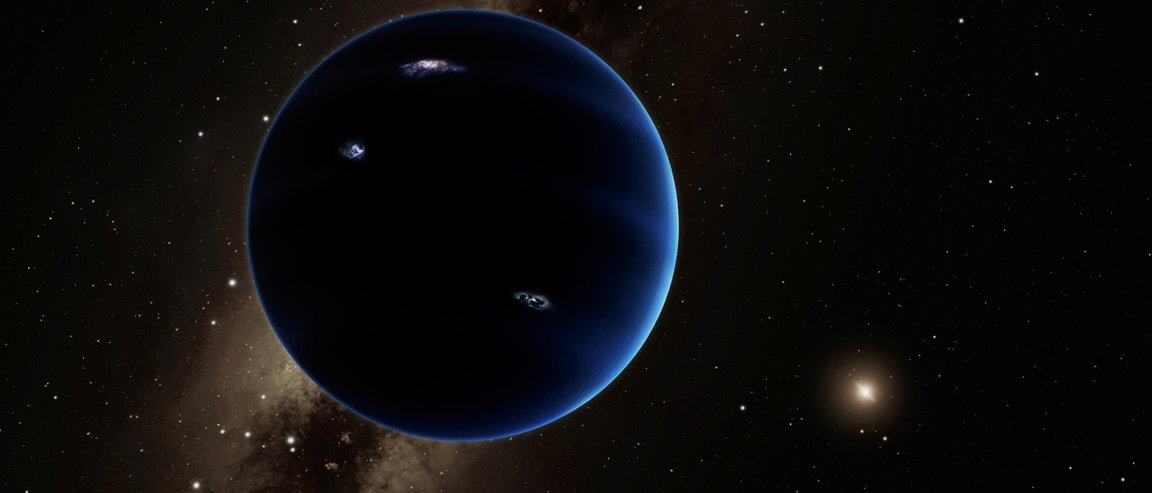
The Legend of Planet Nine
All eight planets in our Solar System orbit the Sun on the same plane. But there has been one mystery that has puzzled scientists for decades: the Sun’s axis is tilted by roughly 6 degrees (some say 7.25) in relation to the axis perpendicular to the orbital plane the planets are on.
This is odd because, from what we know about the birth of planets, they normally stay within the same orbital plane as their host star. Dust and gases surrounding a star clump together into these planets and, because these debris were in a plane (the protoplanetary disk) the resulting planets also form more or less within the same plane. The host star’s gravitational pull keeps these planets orbiting it, much like a centrifugal force, and keeps them all in line.
So the Sun’s 7.25-degree tilt is unnatural, and scientists have been trying to find out its cause.
In January this year, two studies suggested that there was a ninth planet circling around the Sun. Scientists believe that this ninth planet, if it exists, is an exoplanet “kidnapped” by the Sun’s gravitational pull. It would be around ten times the size of the Earth and is orbiting the Sun from the outer Solar System, far from our telescopic sight.
What does this have to do with the misalignment of the planets from the Sun?
New simulations not only support the theory that this ninth planet exists (or existed) but that once upon a time, this rogue planet—which we only refer to as “Planet Nine”—knocked the Solar system out of place.
Following the Trail
As computer simulations ramp up their abilities to construct more complex models, scientists find more trails hinting at the possibility of Planet Nine.
“Because we think Planet Nine has a significant inclination, if it exists, then that means it would tilt things,” one of the researchers in the US study, Elizabeth Bailey from the California Institute of Technology (Caltech), said.
“It’s one puzzle piece that seems to fit together, and it really seems to be in support of the Planet Nine hypothesis.”
An earlier test this year simulated how the existence of Planet Nine could account for the odd movements of some Kuiper Belt Objects (KBO) at the outer edge of the Solar System.

And the researchers believe that it could have affected the main planets closer to the Sun in the same way.
“Using an analytic model for secular interactions between Planet Nine and the remaining giant planets, here we show that a planet with similar parameters can naturally generate the observed obliquity as well as the specific pole position of the sun’s spin axis, from a nearly aligned initial state,” the team states.
“Thus, Planet Nine offers a testable explanation for the otherwise mysterious spin-orbit misalignment of the solar system.”
The study has been pre-published and is still due for peer review, but physicists are already out looking up at the sky, devising ways to spot the hypothetical planet.